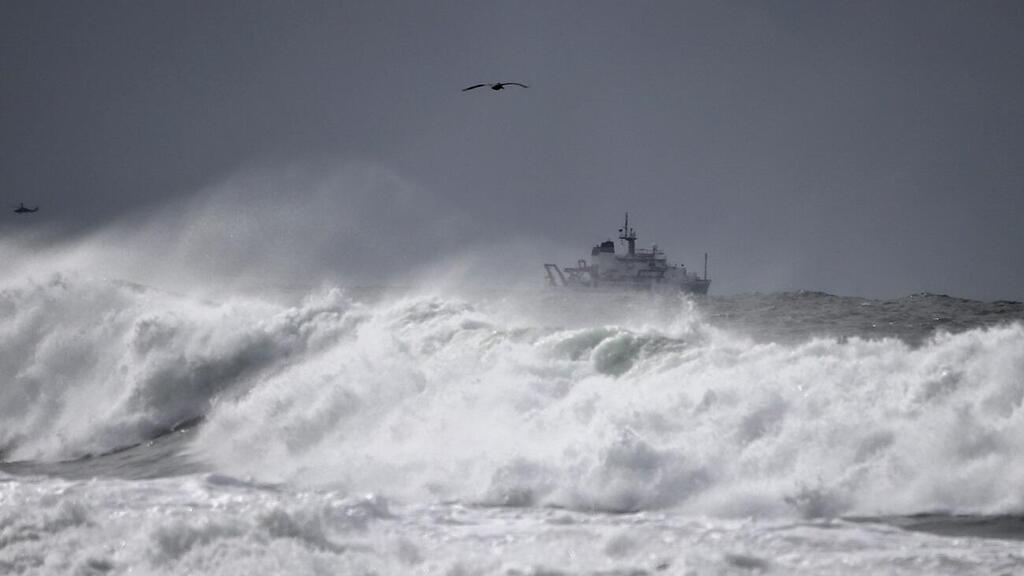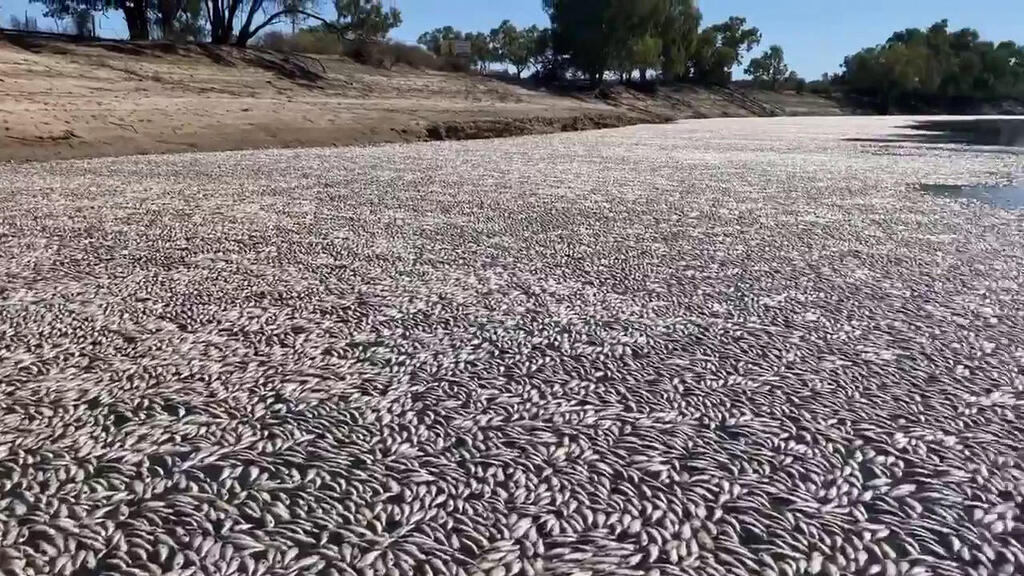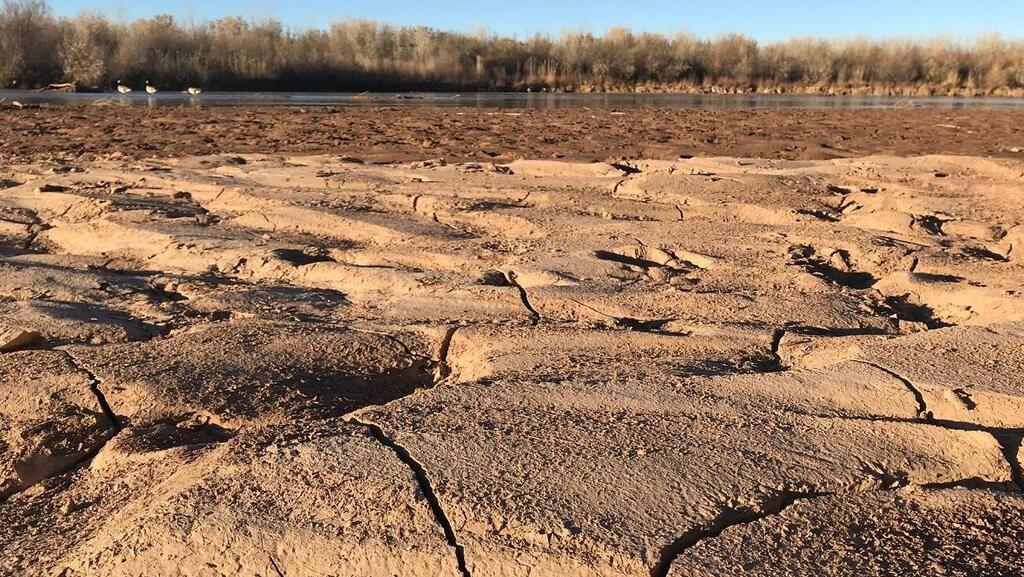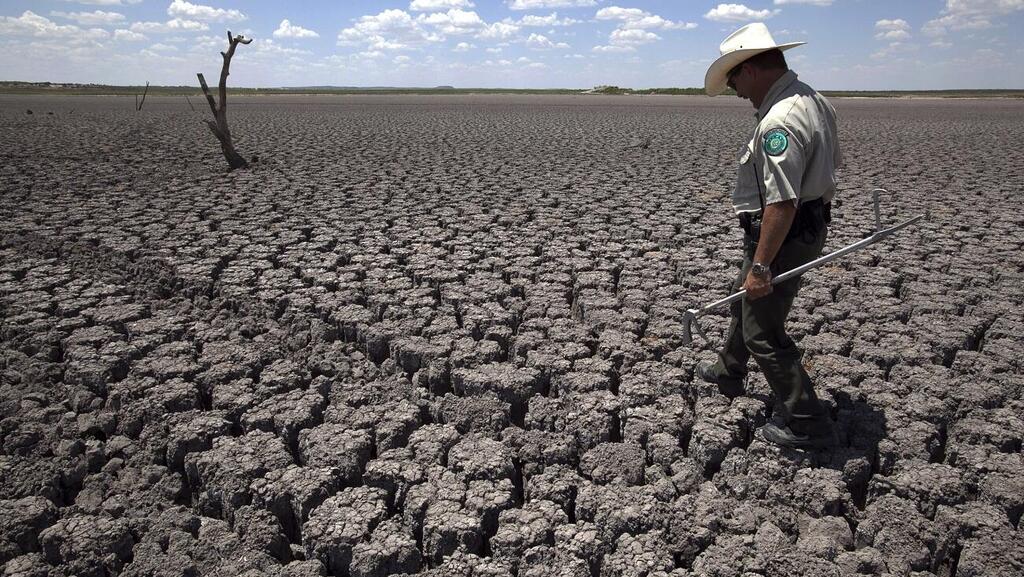Reports of El Niño in 2020
A team of researchers estimated that a strong El Niño event is expected to hit the world by the end of 2023, likely to shatter heat records worldwide.
Other stories:
According to the experts, who deployed an advanced climate prediction system, in the event that western downbursts occur during the spring and early summer, the intensity of the climate phenomenon could further increase and break heat records set in 2016 during a particularly strong bout of El Niño.
"The temperatures in the upper ocean levels during winter 2022 were the highest recorded in the last 40 years. Since heat levels serve as an early indicator of El Niño, the current level is high enough to bolster the phenomenon by the end of 2023," said Tao Lian, a professor of oceanography at China's Ministry of Natural Resources.
The El Niño Southern Oscillation is an irregular climate cycle caused by changes in sea surface temperatures above the tropical eastern Pacific Ocean, which affects large parts of the tropical and subtropical regions and climates worldwide.
The warm phase is called El Niño (the little boy, named after Jesus since it takes place around Christmas), during which ocean heat flows into the surface, then to the atmosphere causing it to heat up.
The cold phase of the cycle is called La Niña (the little girl), a global climate phenomenon that leads to a temporary decrease in sea surface temperatures, causing changes in global wind patterns and regional precipitation amounts, especially in countries bordering the Pacific Ocean.
El Niño has a widespread impact on the Earth’s climate and human society, due to the high mortality of fish and other animals that feed on them, leading to economic damage and disease that occur due to the rotting carcasses of fish and other animals.
Scientists have identified that the accumulation of heat in the upper layer of the equatorial Pacific Ocean, six to nine months prior to the occurrence of the phenomenon, often precedes the onset of El Niño.
Due to the regular loading and dissipation of heat content in this ocean layer, scientists can predict the occurrence of El Niño well in advance through dynamic simulation models. However, disturbances, known as atmospheric high-frequency perturbations and initial errors, can cause uncertainty in real-time predictions.
Currently, a research team whose findings were published in the Ocean-Land-Atmosphere Research journal has identified that the accumulation of heat in the ocean is sufficient to trigger a strong El Niño phenomenon at the end of 2023.
To try and determine the potential impact of such a climate event, researchers assessed the effects of both heat content and high-frequency perturbations, along with the uncertainty in initial conditions, using data analysis and a series of real-time forecast experiments.
The previous La Niña event ended around March 2023. It was an exceptional event in its scope, and affected many countries around the world from winter 2020 until spring 2023, leading to an unprecedented drought in the western United States and eastern Africa, as well as severe floods along the eastern coasts of Australia.
The research team analyzed data from the Thermocline depth in the ocean - the boundary between the upper layer of turbulent water (warm water) and the calm layer of deep water (cold water) - from late 2022 to early 2023. When the Thermocline depth is greater than usual in the western Pacific Ocean, it is likely that El Niño will occur in the coming year.
Researchers compared the latest data with Thermocline data from 1982, 1997, and 2015, years when the Thermocline depth was greater than usual, leading to the onset of three extreme El Niño events.
The team also conducted predictive experiments using a prediction system for the South Oscillation cycle of El Niño, which indicated a moderate strength El Niño will take place in late 2023.
Next, the team reduced the uncertainty in the predictions by filtering out some of the weather influences from outside the Tropical Pacific Ocean. With the refined data, the team said the stage is set for a stronger El Niño coming in late 2023.
In addition to examining the heat content in the ocean, the team also studied high-frequency perturbations, namely, western and eastern wind bursts, which have a strong impact on the El Niño phenomenon by being able to increase or decrease its intensity.
However, it seems that the accumulated heat content in the ocean alone is sufficient for a powerful El Niño event to occur at the end of 2023. Looking ahead, the researchers hope to continue refining their forecast.
"The high-frequency perturbations in spring and early summer play a crucial role in El Niño intensity and structure,” said Dake Chen, a professor of oceanography at China's Ministry of Natural Resources.
“We hope that we can further improve El Niño–Southern Oscillation prediction skill via combining the seasonal forecast model of the high-frequency perturbations with the El Niño–Southern Oscillation prediction system."







